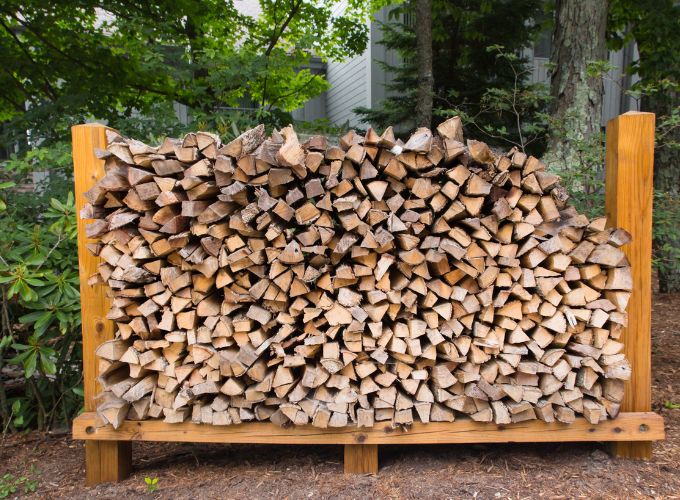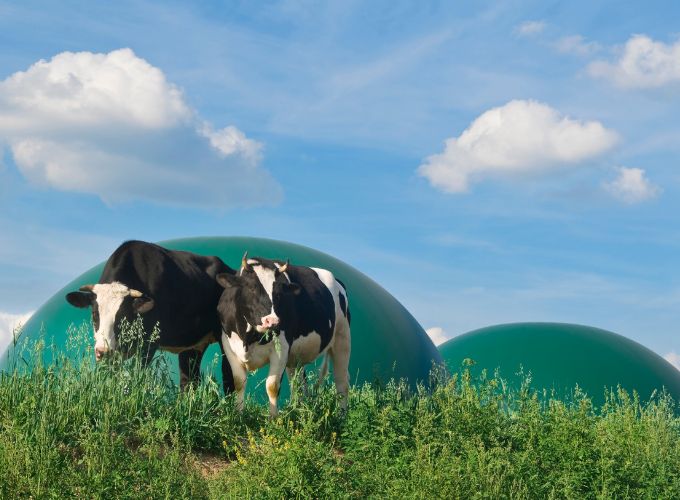If we were to say to you right now “Tell us three sources of renewable energy”, you would most likely say: “solar, hydro or marine energy and wind energy”. And this answer is a 10, but… but what about bioenergy?
Bioenergy is a type of renewable energy that comes from biomass and originates from the exploitation of organic and industrial matter. It generally comes from the substances formed by living organisms or their remains and waste. Examples of bioenergy are wood, dung or charcoal.
Types of bioenergy
There are three main types of bioenergy: biofuels, biofuels and biogas or methane.
Biofuels
Biofuels are all forest residues such as firewood, charcoal and agricultural waste. They have a wide range of uses, from heat or electricity production to domestic use.

Biodiesel
Waste from crops: corn, palm oil, sugar, etc., as well as agro-industrial waste. Thanks to certain processes, we can obtain pure vegetable oils that are subsequently converted into biodiesel and alcohol (bioethanol, used in bioethanol fireplaces and cookers).

Biogas or methane
This is all waste produced by the fermentation of organic remains such as forest, agricultural fields or animal waste. It is used to produce thermal, electrical or mechanical energy.

Bioenergy is one of the largest sources of growth in renewable energy consumption over the period 2018-2022, accounting for 30% of renewable consumption growth. This is due to the increased use of bioenergy in heat and transport.
It is expected to continue to grow significantly in the coming years, albeit at a slower pace due to the rapid expansion of solar PV and wind power.
Articles of interest:





